BLOG
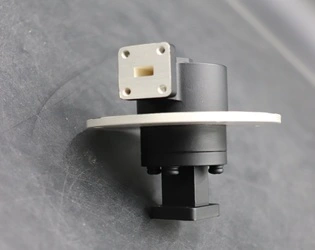
What are the fundamental working principles of a Waveguide Single Channel Rotary Joint?
March 18, 2025
Waveguide Single Channel Rotary Joints represent a critical component in microwave transmission systems where rotational movement is required while maintaining signal integrity. These precision electromechanical devices function by enabling the seamless transfer of microwave energy between stationary and rotating waveguide sections without significant signal degradation. The fundamental working principle involves creating a carefully engineered cylindrical cavity at the junction where electromagnetic waves can propagate across the rotating interface while maintaining proper mode alignment, impedance matching, and minimal energy loss. Advanced Microwave Technologies' Waveguide Single Channel Rotary Joints are engineered with high-precision tolerances and specialized materials to ensure reliable operation across varying frequencies, power levels, and environmental conditions.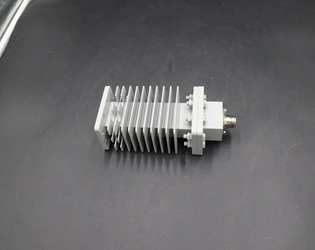
Coaxial Fixed Attenuators vs. Variable Attenuators: What's the Difference?
March 18, 2025
In the world of RF and microwave systems, signal management is a critical aspect that directly impacts overall system performance. Among the essential components for precise signal control, attenuators play a fundamental role. Coaxial Fixed Attenuators and Variable Attenuators are two primary categories that serve the purpose of reducing signal power to desired levels without distorting the signal waveform. While both types fulfill the basic function of attenuation, they differ significantly in design, application scenarios, and performance characteristics. This comprehensive guide explores the key differences between Coaxial Fixed Attenuators and Variable Attenuators, helping engineers and procurement specialists make informed decisions for their specific signal management requirements.
What is an End Launch Waveguide to Microstrip Adapter and how does it work?
March 17, 2025
An End Launch Waveguide to Microstrip Adapter is a specialized microwave component engineered to facilitate the seamless transition of electromagnetic signals between waveguide transmission lines and microstrip transmission lines. This sophisticated adapter serves as a critical interface in high-frequency systems, enabling efficient signal conversion while minimizing losses and distortions. By providing a smooth impedance match between these two fundamentally different transmission media, the End Launch Waveguide to Microstrip Adapter allows engineers to leverage the advantages of both waveguide technology (low loss at high frequencies) and microstrip technology (compact size and ease of integration). The adapter's design incorporates precision engineering to ensure optimal signal integrity across a wide frequency spectrum, making it an essential component in advanced microwave and millimeter-wave communication systems.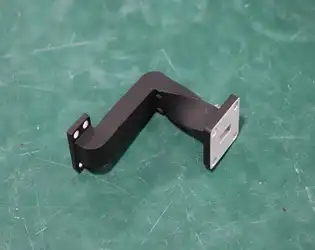
What are the advantages of using a Waveguide Twist in a microwave or RF system?
March 17, 2025
In the world of microwave and radio frequency (RF) systems, signal integrity and efficient transmission are paramount concerns for engineers and system designers. Among the various components that facilitate optimal performance in these systems, the Waveguide Twist stands out as a crucial element. A Waveguide Twist is a specialized component designed to change the polarization of electromagnetic waves as they propagate through waveguide systems. By enabling a rotation of the electric field, these precision-engineered components provide solutions to spatial constraints, polarization matching requirements, and system integration challenges that are common in complex microwave installations. The advantages of incorporating a Waveguide Twist extend beyond simple signal routing to include enhanced system performance, reduced signal distortion, and increased design flexibility across various applications from satellite communications to defense systems.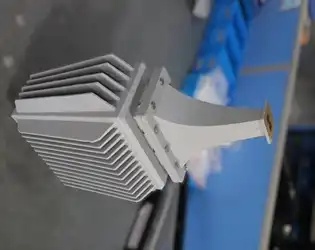
March 17, 2025
Double Ridge Waveguide Loads represent a significant advancement in microwave technology, offering numerous advantages over conventional waveguide loads. These specialized components are crucial in high-frequency applications where precision and reliability are paramount. Double Ridge Waveguide Loads feature an innovative design with two ridges extending into the waveguide, creating a uniquely optimized electromagnetic environment that delivers superior performance characteristics. When comparing Double Ridge Waveguide Loads to traditional rectangular or circular waveguide loads, the difference becomes apparent in their enhanced bandwidth capabilities, improved power handling, and more compact design profile. For engineers and technicians working in satellite communications, defense systems, or advanced testing environments, understanding these advantages is essential for selecting the optimal components for their specific applications.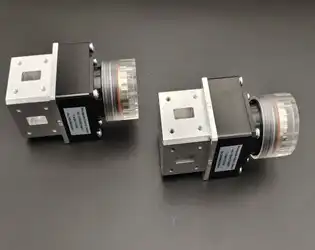
What are the common applications of Waveguide Electromechanical Switches?
March 14, 2025
In the rapidly evolving field of microwave technology, Waveguide Electromechanical Switches have emerged as crucial components in various high-frequency applications. These sophisticated devices serve as essential elements in modern communication and radar systems, enabling precise control of microwave signal routing. Waveguide Electromechanical Switches are particularly valued for their reliability, excellent RF performance, and ability to handle high power levels. Their applications span across multiple sectors, from satellite communications to defense systems, making them indispensable in situations where robust and dependable microwave switching is required. Understanding their common applications is vital for engineers and system designers working in these fields.
In which fields are Elliptical Waveguides mainly applied?
March 14, 2025
Elliptical Waveguides represent a critical advancement in microwave transmission technology, offering unique advantages that make them indispensable across several high-tech industries. These specialized waveguides, characterized by their elliptical cross-section, have become essential components in modern communication systems where signal integrity and transmission efficiency are paramount. This article explores the diverse applications of Elliptical Waveguides, examining how their distinctive properties address specific challenges in various technological fields and why they continue to be the preferred choice for demanding high-frequency applications. Elliptical Waveguides are primarily applied in satellite communications, telecommunications infrastructure, radar and defense systems, and broadcasting networks. Their unique geometry provides superior performance in handling high-frequency electromagnetic waves with minimal signal degradation. These specialized transmission lines have become indispensable in applications requiring exceptional bandwidth capacity, low signal attenuation, and resistance to environmental interference. The elliptical design offers an optimal balance between mechanical flexibility and electrical performance, making these waveguides particularly valuable in complex installation environments where traditional rectangular or circular waveguides might prove inadequate.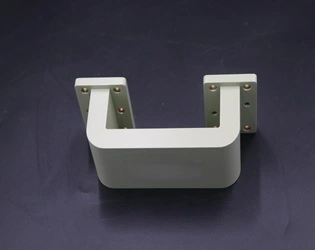
What is a Double-bend Waveguide and how does it differ from traditional waveguides?
March 14, 2025
Double-bend waveguides represent a significant advancement in microwave transmission technology, offering unique solutions to complex routing challenges in modern communications systems. Unlike traditional straight waveguides, double-bend waveguides incorporate two precisely engineered bends that allow electromagnetic signals to navigate changes in direction while maintaining signal integrity. These specialized components feature carefully calculated geometries that minimize reflection, standing waves, and insertion loss—critical factors in high-frequency applications. The distinctive design of double-bend waveguides enables efficient signal propagation in confined spaces and complex system layouts where traditional straight waveguides would be impractical or impossible to implement, making them essential components in satellite communications, radar systems, and other advanced microwave applications.




